NASA’s James Webb Space Telescope has stumbled upon a real cosmic gem—a ‘super-Earth’ just 48 light-years away.
This thrilling find has us all wondering about neighbors in this vast universe, especially since this planet is among the nearest that could possibly be like our own Earth.
Meet LHS 1140 b
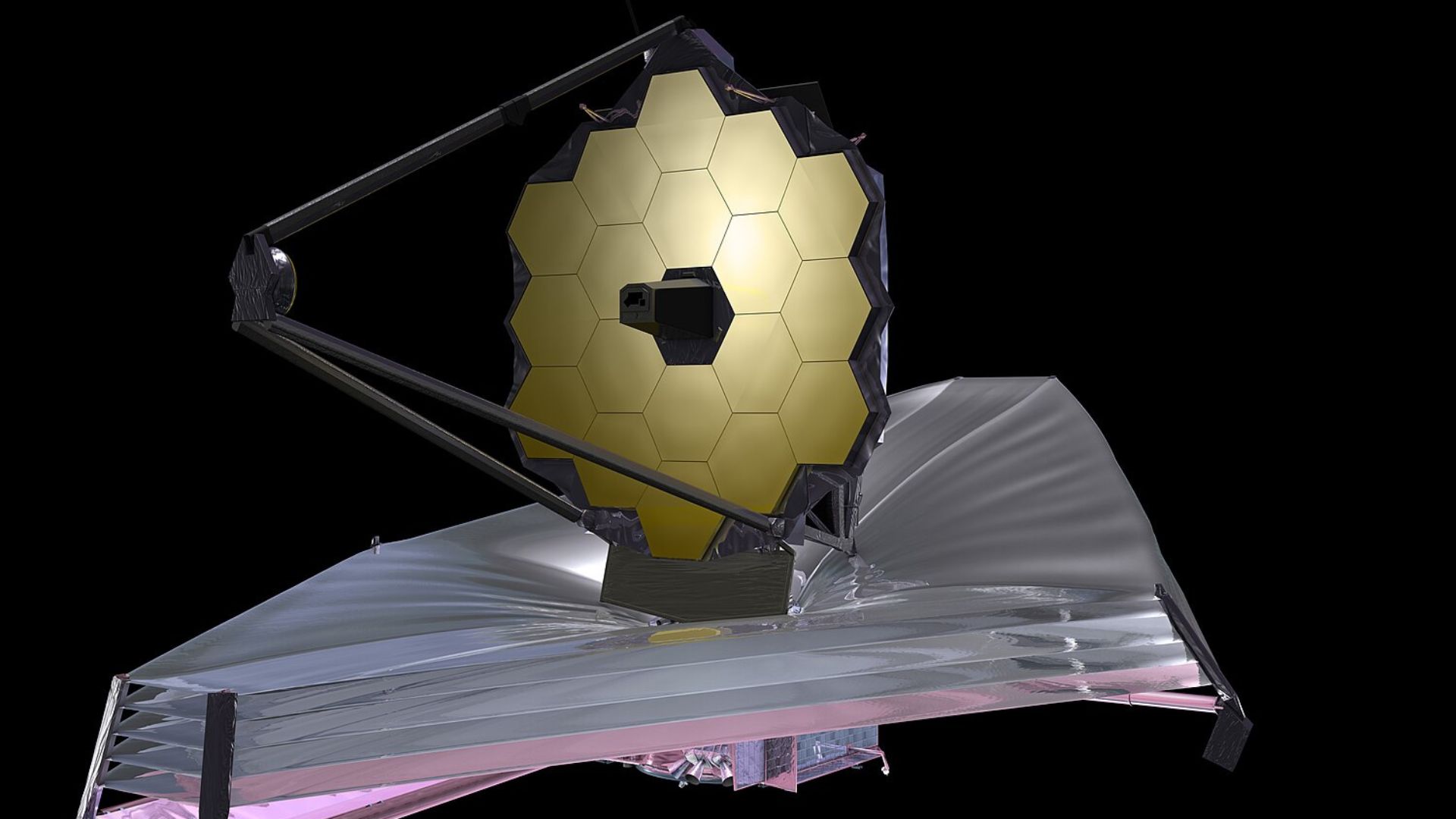
Thanks to the James Webb Space Telescope, an international team of scientists has been studying a fascinating exoplanet called LHS 1140 b.
This world is showing promise as a potential twin to our Earth, sparking significant excitement in the scientific community.
A Neighbor in the Cosmos
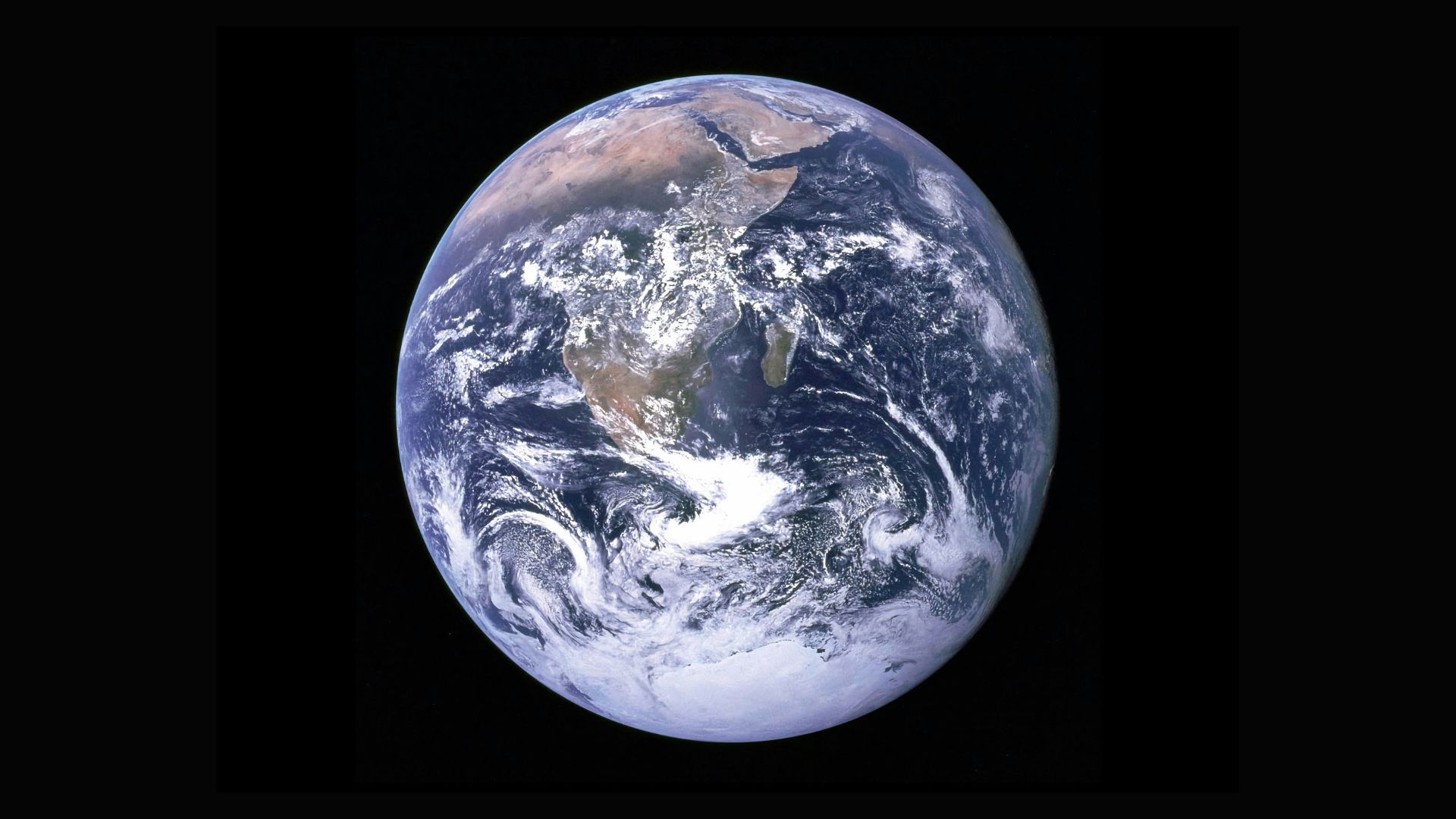
Just 48 light-years away, LHS 1140 b is significantly larger than Earth, about 1.7 times its size.
This proximity and its placement in the habitable zone make it an intriguing focus for scientists hunting for life-supporting planets.
A World of Possibilities on LHS 1140 b
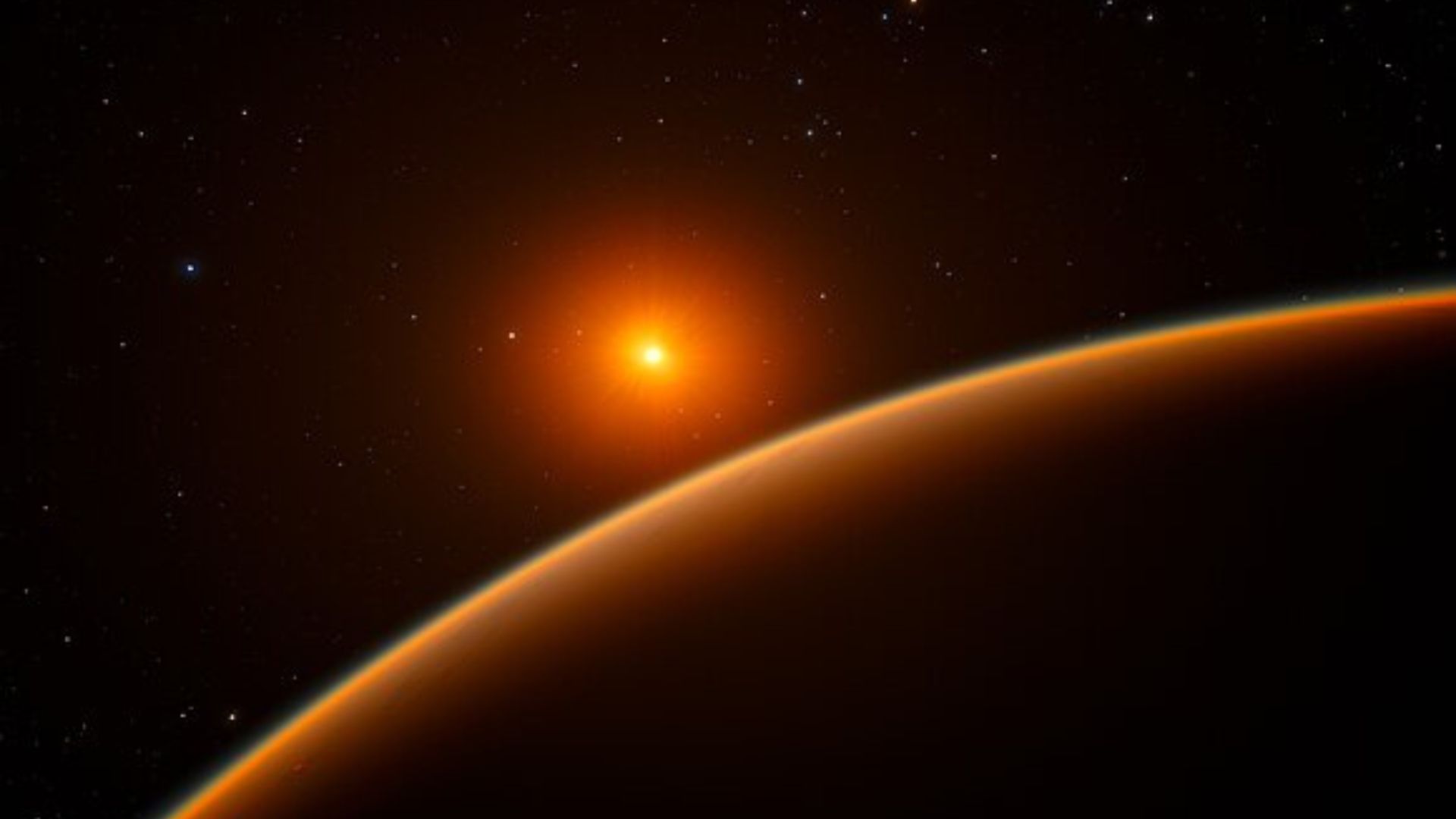
Imagine a distant planet with vast oceans and a thick, nitrogen-rich atmosphere—much like our home.
LHS 1140 b could be just that, placing it high on the list of places where life might thrive.
Why LHS 1140 b Stands Out

Charles Cadieux of Université de Montréal didn’t mince words about this planet’s potential.
He said, “Of all currently known temperate exoplanets, LHS 1140 b could well be our best bet to one day indirectly confirm liquid water on the surface of an alien world beyond our solar system.”
Perfectly Placed in the Habitable Zone
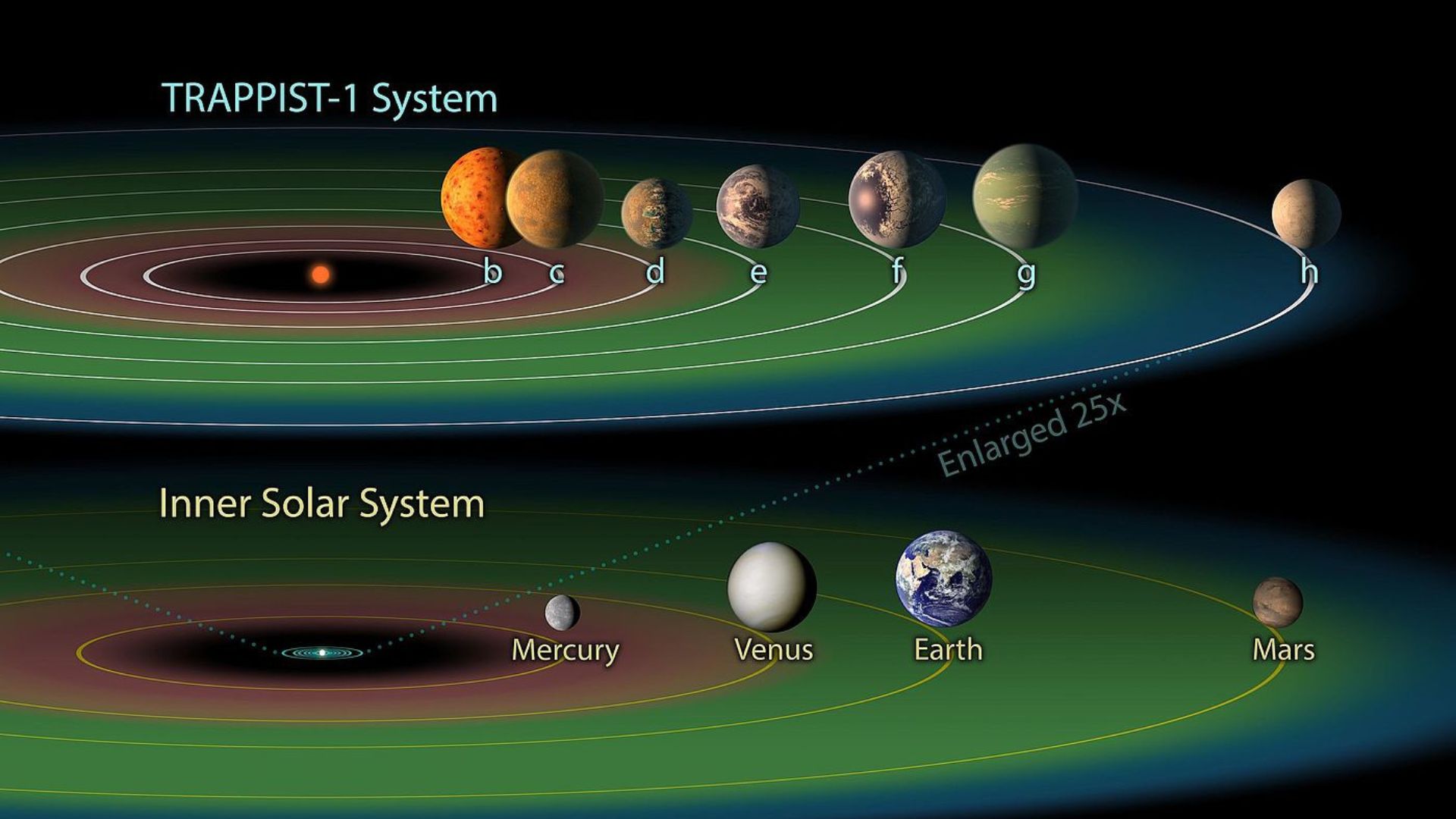
Tucked away in the constellation Cetus, LHS 1140 b sits right in the sweet spot of its star’s ‘Goldilocks zone.’
That’s the zone where it’s not too hot, not too cold, but just right for water to stay liquid—essential for life as we know it.
A Surprisingly Light Super-Earth
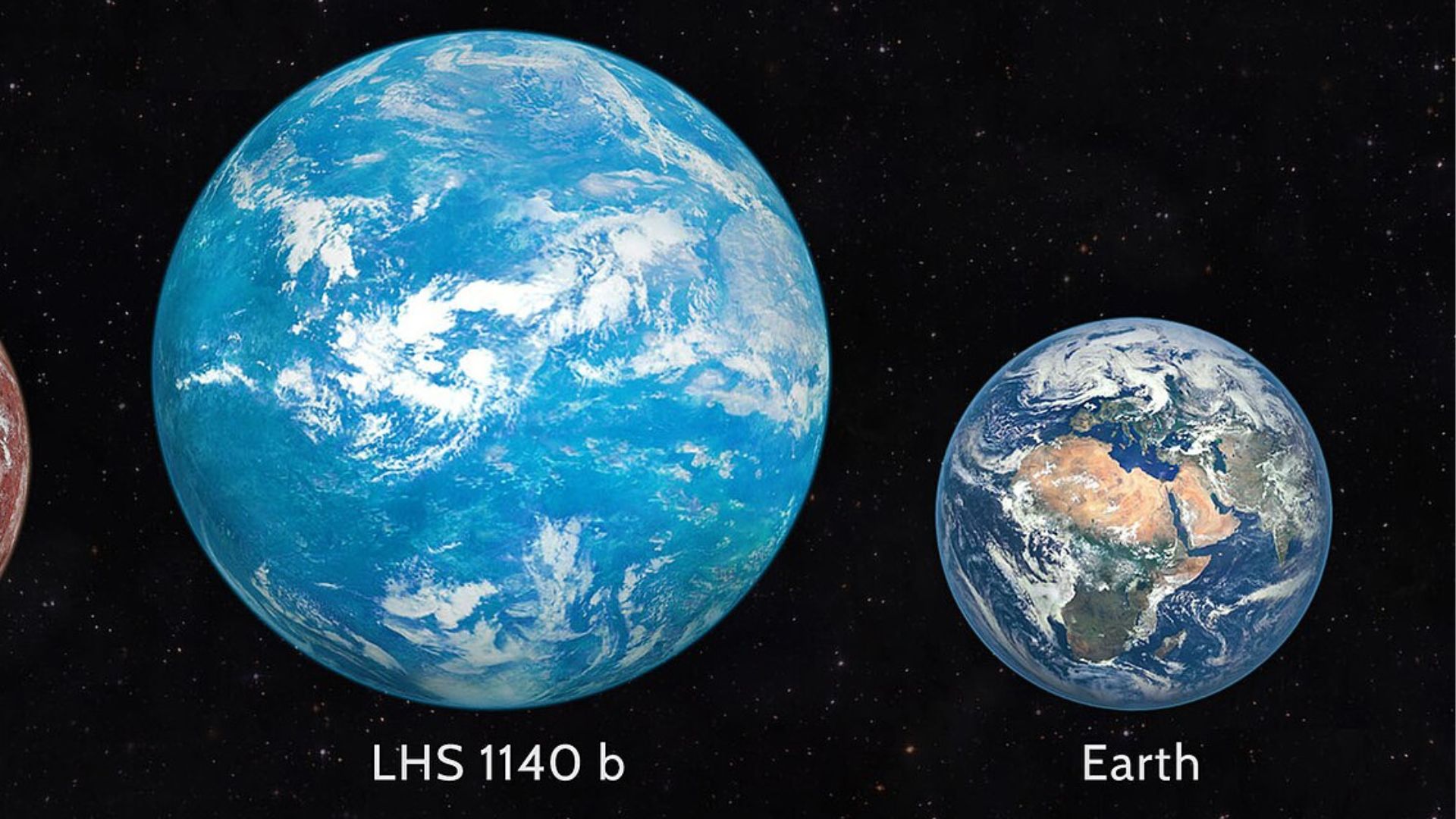
Despite its massive size—six times that of Earth—LHS 1140 b has a surprisingly low mass.
What could this mean? Scientists ponder if it’s a water world or something even more exotic.
Spectroscopic Secrets Unveiled
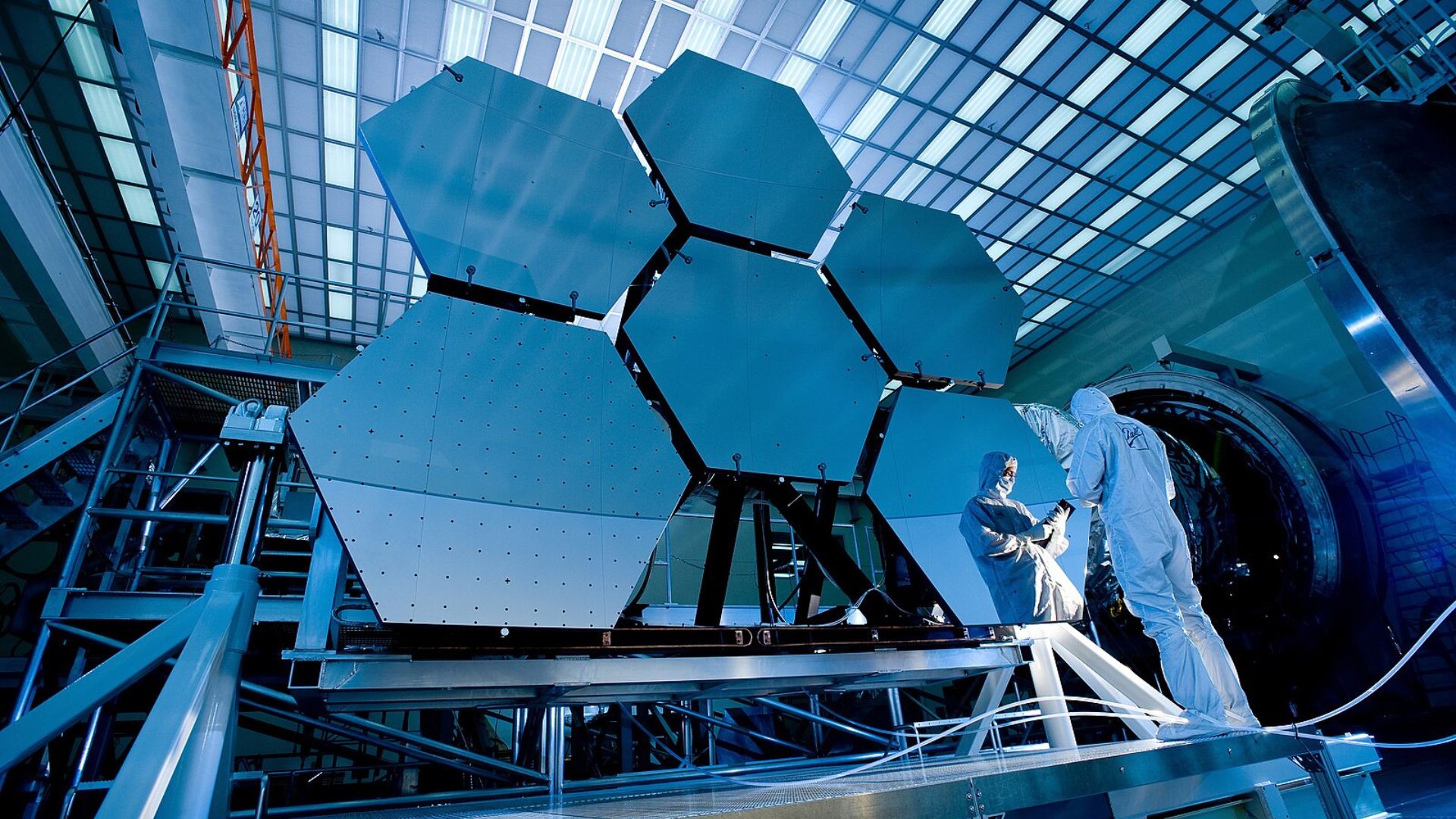
By combining observations from multiple telescopes, researchers have conducted the first ‘spectroscopic’ analysis of LHS 1140 b.
This method helps identify possible chemicals in the planet’s atmosphere by observing how light interacts with them.
A Rocky World with a Watery Twist
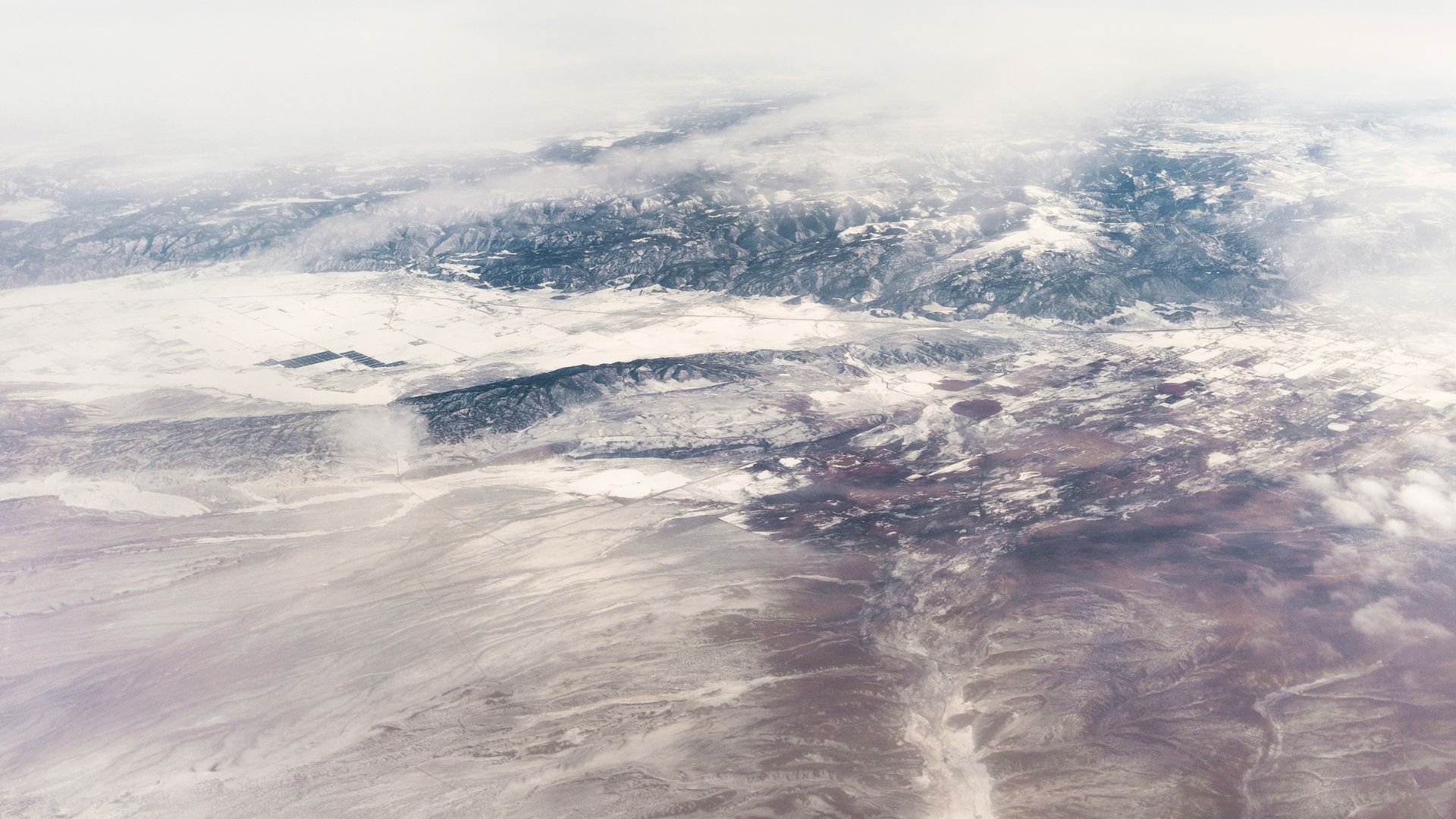
The latest data hints that LHS 1140 b might be a rocky, water-covered planet, potentially hosting a thick atmosphere akin to Earth’s.
This enhances its ability to support life.
Atmospheric Hints on LHS 1140 b

Dr. Ryan MacDonald of the University of Michigan revealed an exciting first: “This is the first time we have ever seen a hint of an atmosphere on a habitable zone rocky or ice-rich exoplanet.”
This atmosphere may even resemble Earth’s, with its rich nitrogen content.
Envisioning the ‘Bullseye Ocean’
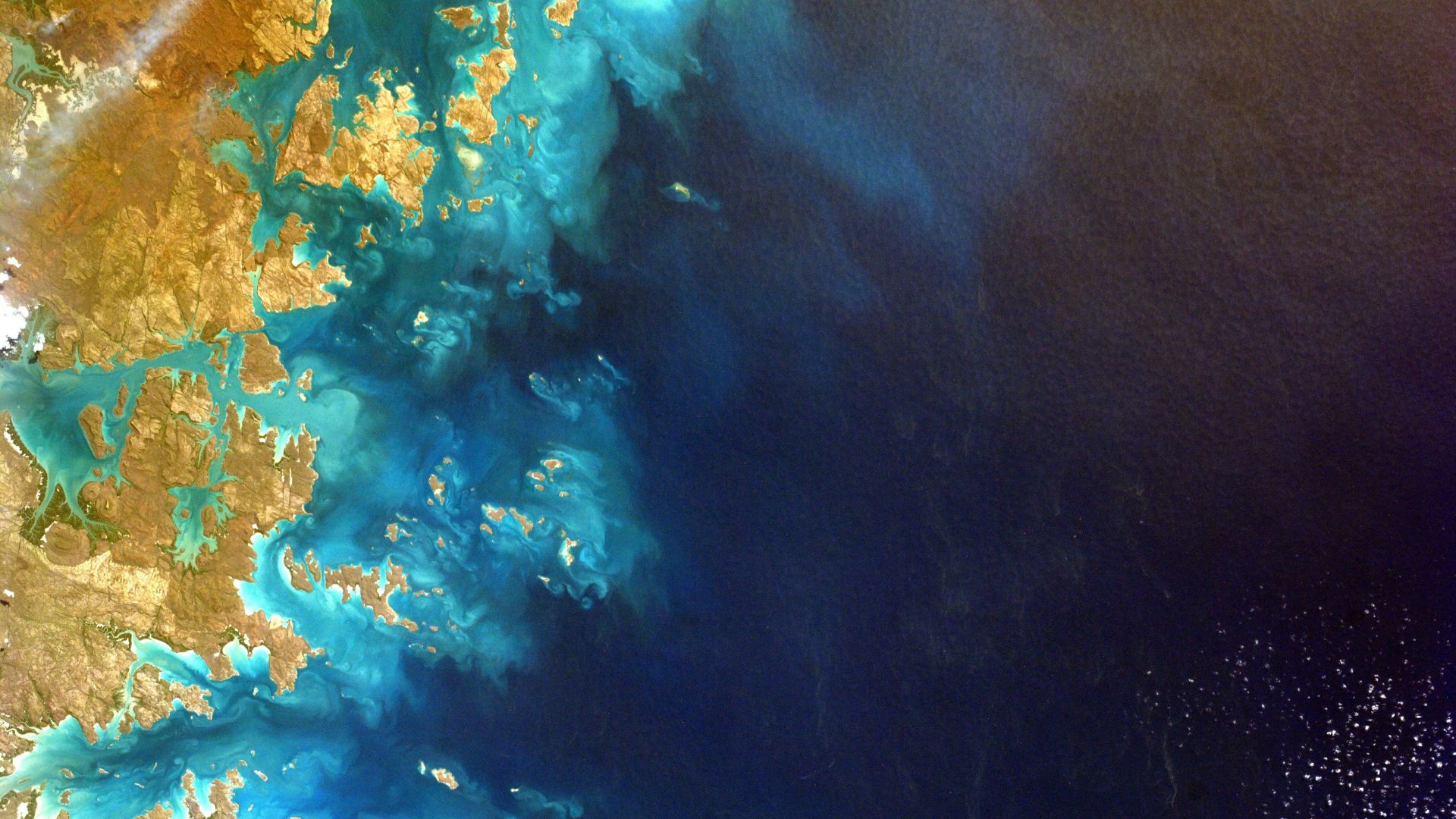
Imagine a massive ocean dominating the landscape of LHS 1140 b, potentially as warm as 68 °F.
This ‘Bullseye Ocean’ could span 2,400 miles across, forming a striking feature of this alien world.
A Calm Place for Close Study
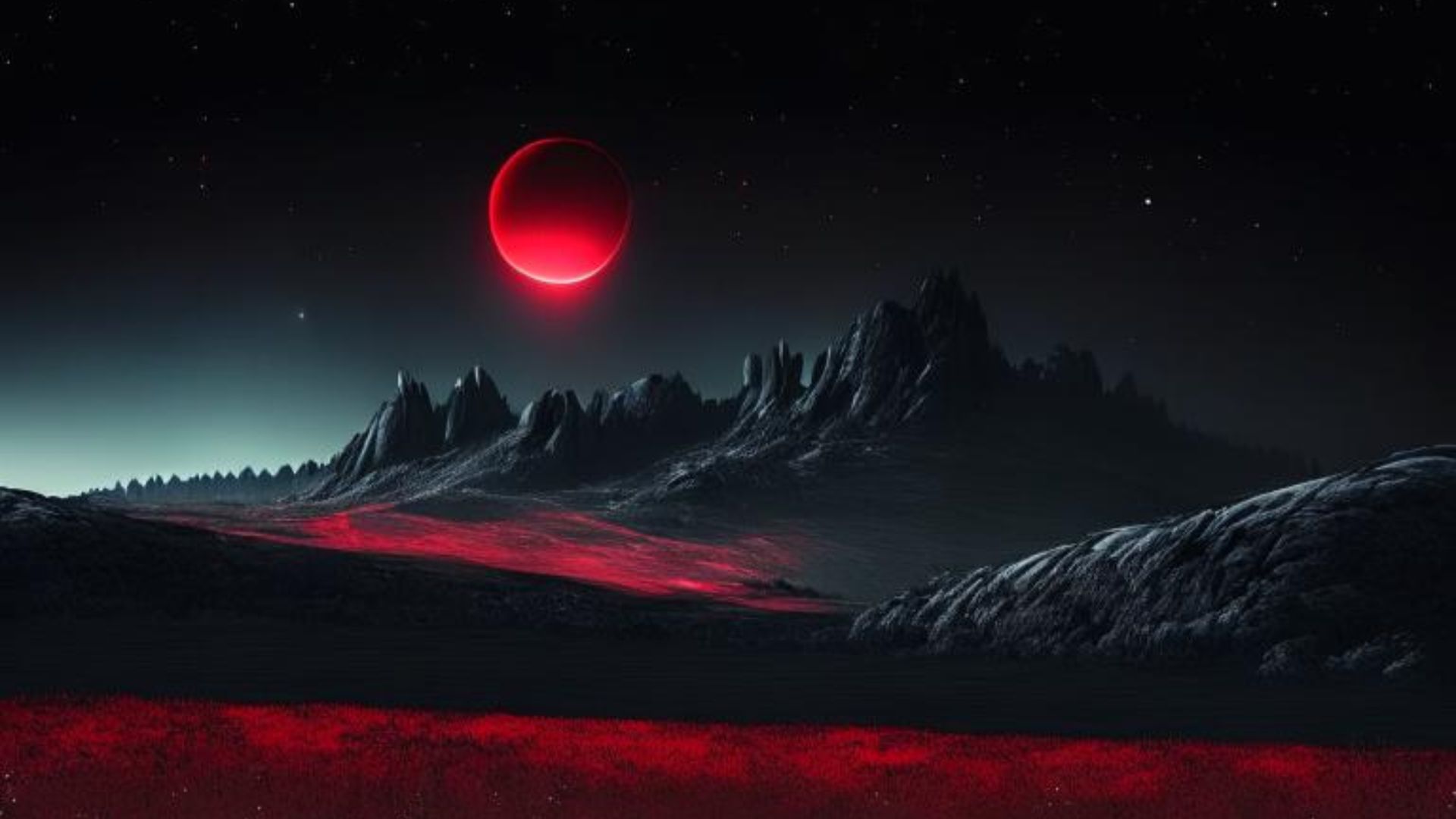
The star that LHS 1140 b orbits is unusually calm, lacking the frequent stellar flares seen in other systems.
This serenity is ideal for scientists trying to dissect the subtle features of this exoplanet’s atmosphere, enhancing our chances of understanding whether LHS 1140 b could really support life.
